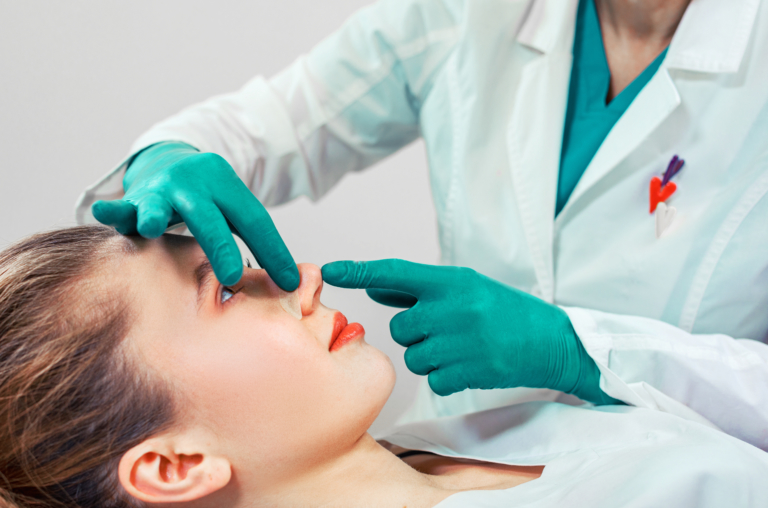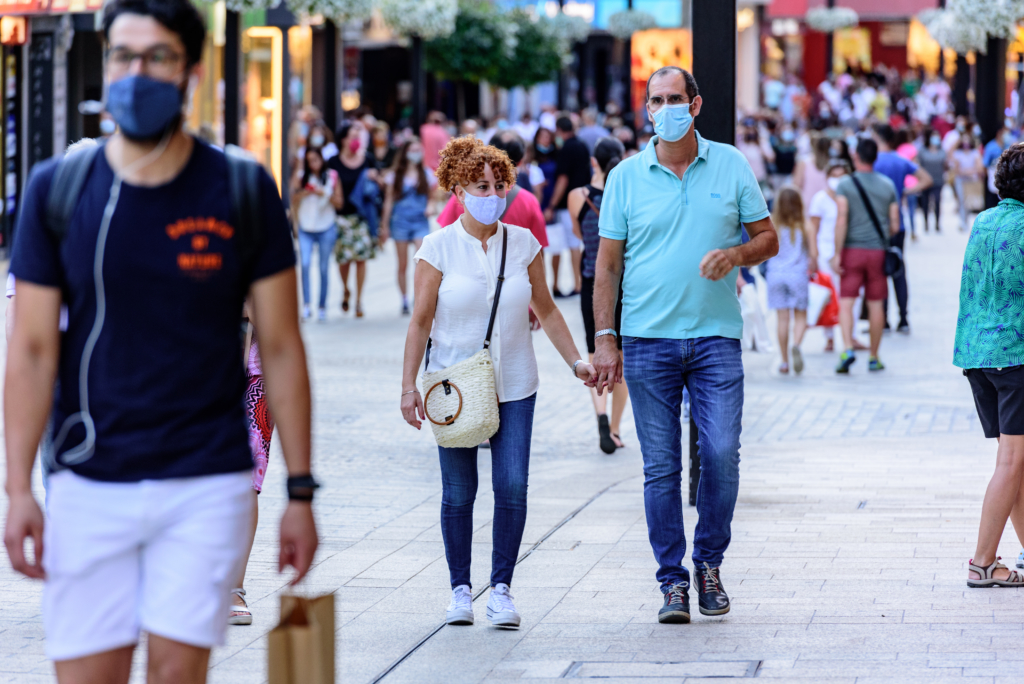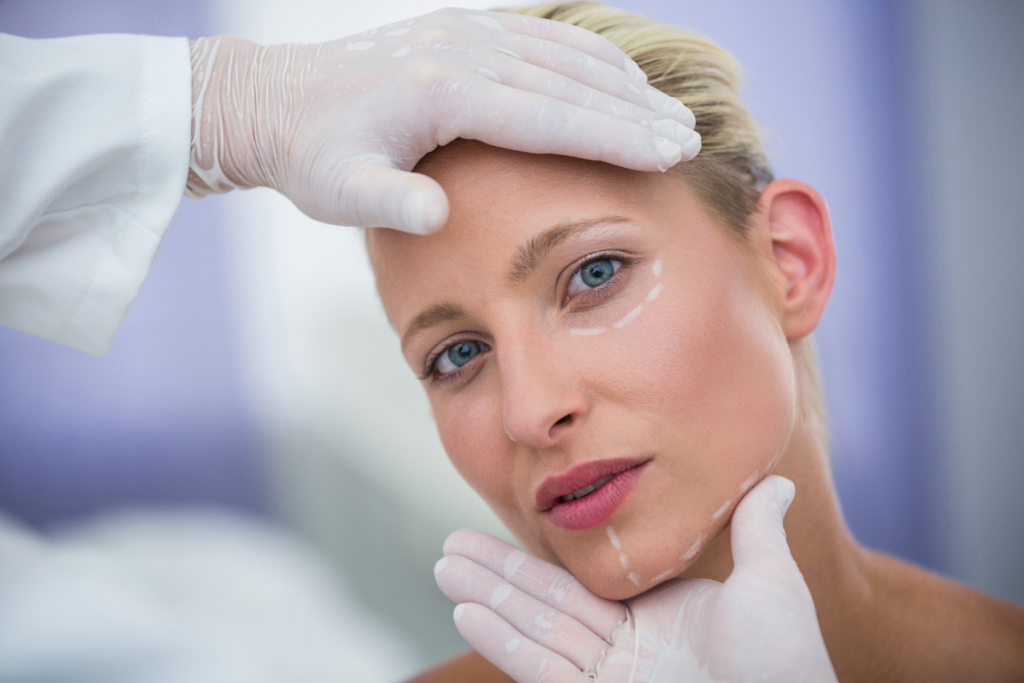The COVID-19 pandemic took the world by storm, resulting in the rapid spread of the disease across the globe with increased infection rates and mortality.
While the pandemic obviously affected a host of healthcare professionals who can be termed as “front-line workers” ranging from immunologists, epidemiologists, doctors, surgeons, and scientists, an overlooked segment of the healthcare industry that also got affected is the Cosmetic fraternity.
As the pandemic disrupted various supply chains, materials and equipment were unavailable for even emergent surgeries. Secondly, with the bulk of people afraid of a life-threatening infection, cosmetic aspects were certainly not in people’s minds. Another added element was the widespread lockdown all over the world that made matters worse. Plastic surgeons far and wide and their practice were affected immensely due to COVID-19 thereby forcing several clinics to drastically change their modus operandi and find newer ways to survive.
A year later, the world continues to experience the wrath of COVID as we enter the post-pandemic era. With precautions and vaccination efforts underway, the disease is being controlled and treated in whatever way possible. Although all the systems are back in action, here is a look at plastic surgeons and supplies in the post-pandemic world.
Plastic Surgery Post-COVID-19
The COVID-19 pandemic has changed the way healthcare facilities such as hospitals and clinics deliver health care. Plastic surgeons also had to alter their ways to ensure patient safety.
Online consultations and strict social distancing in clinics have now become a norm in the post-COVID scenario. This is done to avoid the crowding up of waiting rooms, which can increase the spread of the virus. Plastic surgeons also ensure that emergent procedures, such as cancer-related surgery, are prioritized, while elective procedures are conducted selectively. However, as the pandemic passes, surgeons have resumed performing elective procedures that were on hold during the pandemic.
Facial plastic surgery remains a challenge, especially during the second wave of the pandemic. Rhinoplasty and reconstructive surgery can be challenging as well. This is because if the patient is infected, there is a high risk of coming in contact with the virus.
The European Academy of Facial Plastic Surgery has formulated detailed guidelines with regard to the following to resume a safe practice and facial plastic surgery:
- The use of telemedicine and online consultation
- Surgical prioritization
- Creating clinical area flow plans
- Pre- and post-surgical care
- Safety training for staff and surgeons
Virtual Visits
Virtual visits, telemedicine, or online consultations have become commonplace and are an efficient way for patients to contact surgeons and surgeons to follow up with their patients. According to a survey by the American Society of Plastic Surgeons (ASPS), 68% of plastic surgeons began online consultations due to the pandemic. ASPS noted that telemedicine was an effective measure and identified that more than 350 of its members used technology to connect with their patients.
Prioritization of Surgery
- Elective cosmetic surgeries were suggested to be suspended during the pandemic unless an emergent operation was required. However, as elective surgeries have been resumed, cosmetic surgeries are being conducted such that they do not require the patient to occupy a hospital bed.
- Cancer reconstruction surgeries are prioritized. However, surgeries requiring patients to stay in the hospital must be considered against the risk of COVID-19 infection, as patients with cancer may be immunocompromised.
- Plastic surgeons must prioritize facial fractures and assist with timely surgical intervention, even if the patient is highly symptomatic. However, the hospital beds and personal protective equipment (PPE) supply must be considered.
- Time-sensitive procedures must be prioritized by craniofacial surgeons in place of procedures that can be postponed.
Plastic Surgery Supplies
Despite the pandemic, the need for plastic surgery continued because of emergency cases and accidents. Apart from basic hospital supplies and PPE, plastic surgery-related equipment was also in demand. With the supply chains struggling to meet increasing demands, injectables remain the most in-demand in the post-COVID realm of plastic surgery. Elective procedures such as Botox and breast augmentation had 65% and 44% demand in 2019, respectively, and are expected to remain in demand post-COVID.
According to reports, rhinoplasty is expected to witness market growth of more than 5% from 2020 to 2030. Furthermore, cosmetic procedures and laser treatment is predicted to grow at a market rate of 7.5% over the next 10 years. Furthermore, facial implants are expected to increase in demand and boost the plastic surgery market. Considering this, a steady supply of plastic surgery equipment is required to maintain smooth operations. Regardless of the COVID-19 pandemic, the continuous requirement and demand for plastic surgery necessitate a steady supply of associated materials and equipment to safely resume both elective and emergent procedures.
Post-COVID Times
Although there was a decrease in plastic surgery during the pandemic, the post-COVID scenario seems to have changed. Plastic surgeons have now resumed elective cosmetic surgeries while considering factors such as the time-sensitivity of the procedure, the requirement of hospital equipment, inpatient stay duration, and PPE supplies.
In post-COVID times, plastic surgeons must adhere to the recommendations stated by the authorities such as the CDC. They must also be familiar with guidelines regarding the prioritization of surgeries and ensure that elective procedures are postponed to save resources and ensure patient safety.
The post-pandemic era presents new challenges for plastic surgeons to overcome. In these times, it is essential to learn from previous mistakes, be more resourceful, and find reliable suppliers like Pipeline Medical to maintain a steady supply of PPE and materials to assist patients while ensuring their safety.


